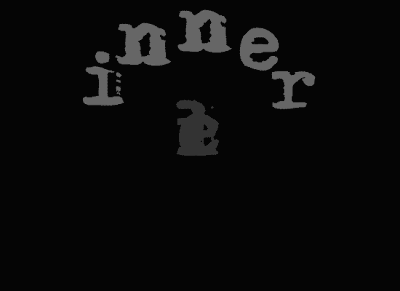
Mathmatickles by Betsy Franco
I would like to speak a bit about the book Mathematickles by Betsy Franco. The book is a wonderful collection of Mathematical Poetry showing addition poems, subtraction poems, long division poems, and multiplication poems. What I find refreshing about the poems is that they are constructed in a way that you can tell that Franco knows the difference between addition and multiplication in Mathematical Poetry for these poems are obviously not thrown together without thought. This may not seem like a big deal however, I find a lot of confusion about this topic among some intellectuals much less the general public. I think this book is an outstanding book for teaching young students how to use math as a language and have fun doing it. I would recommend it to all primary school teachers who are teaching math.
About Betsy:
Betsy Franco, a writer and a member of Suburban Squirrel comedy troupe, has written over eighty books-young adult novels, picture books, poetry, and nonfiction. A graduate of Stanford University, with an M.Ed from Lesley College, she particularly loves to show people how sassy, beautiful, and creative math can be. Her latest book is Bees, Snails, and Peacock Tails about geometry in nature. Mathematickles, also published by Simon & Schuster, was inspired by Bob Grumman's mathemaku and long division poetry. Metamorphosis, a novel illustrated by her son Tom, is forthcoming in fall 2009.
To give young adults a voice, she has compiled four anthologies of their work including: You Hear Me? poems and writing by teenage boys, and Falling Hard, 100 love poems by teenagers, published by Candlewick Press.
Betsy lives in Palo Alto, California, with her husband Doug who shares her interest in math. They have three creative sons, James and Dave (actor/writers) and Tom (sculptor, illustrator). See www.betsyfranco.com.




























 Karl Kempton
Karl Kempton


